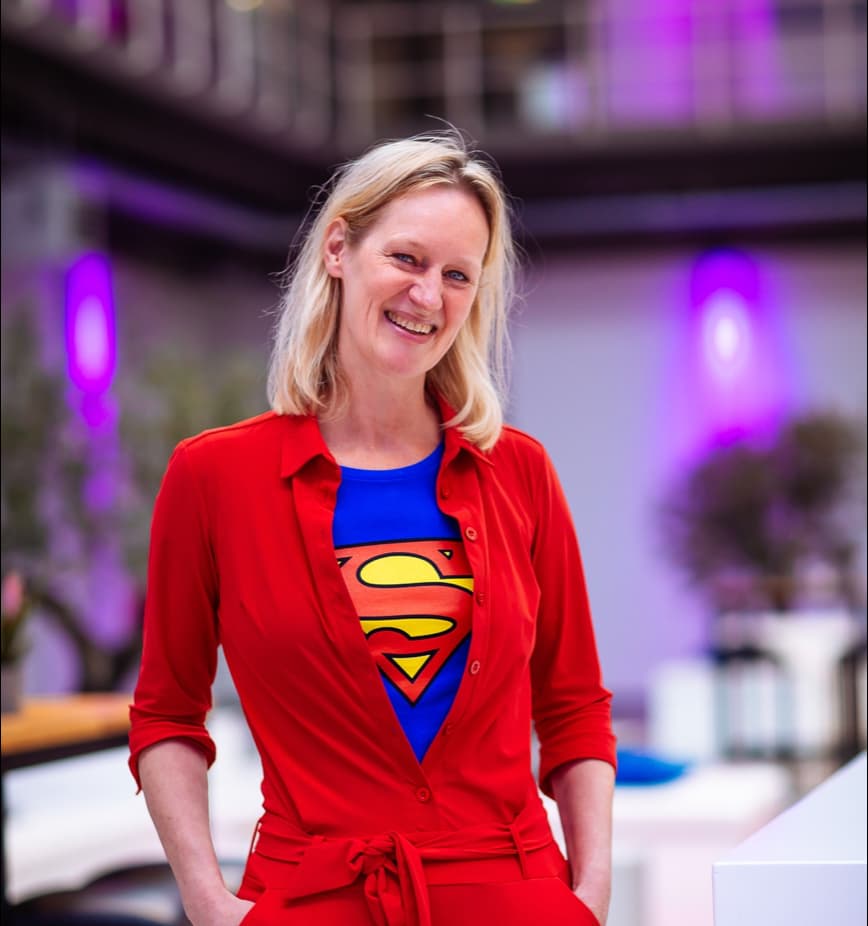Major breakthroughs can very well come from within organizations, writes columnist Simone van Neerven. Pioneering ideas such as Post-Its, the PlayStation, and IKEA stores are living proof of this.
Two revolutionary IKEA concepts
Big ideas often start very small. The key to success lies in seeing the potential of an idea early on and then fully embracing it. Like the opening of the very first IKEA store in 1965. That first day so many people showed up, that not everyone could be served quickly. The store manager decided to instruct people to pick up their selected furniture from the warehouse themselves. This eventually led to the world-famous ‘self-service’ concept that we all know today.
And when an IKEA employee bought a table himself and wanted to take it home, it was almost impossible to get it in his car. His idea of cutting the legs off the table seemed absurd at first glance. Instead of disregarding this idea, IKEA explored it and ultimately designed the world-famous self-assembly furniture.
In LEGOLAND waiting in line has become fun
At the amusement park LEGOLAND, also a groundbreaking idea came from one of their employees. One of the biggest annoyances for visitors was the long wait for attractions. Children got bored to death, sometimes even resulting in some major temper tantrums.
A frontline park employee who experienced this on a daily basis felt sympathy for these kids and their parents and decided to do something about it. He placed tables with Lego pieces in the center of the area so that the children could play and have fun while the parents waited in line. This made life a lot easier, for the children, the parents, and the LEGOLAND employees. It turned out to be a concept that completely changed the customer experience at LEGOLAND, and many other organizations dealing with waiting lines copied the concept.
Perseverance was the key to success for the Post-Its
Almost everyone knows the story of the origin of the Post-Its. At 3M, Spencer Silver was trying to create a super-strong glue. Many of his experiments failed. One of these tests resulted in a glue that was not very strong, but that could make a piece of paper stick to a surface without affecting it.
Silver sensed that this failed product had potential, but he had no clear purpose for it at that time. He kept talking about it and years later he finally found a problem for his solution. He met his colleague Art Fry, who was looking for a bookmark that would stick without damaging the pages. Together they developed the Post-It as we know it today.
Dare to rebel
In the late 1980s, Ken Kutaragi had been working in Sony’s digital research lab for several years and was known as a ‘tinkerer’. He created a chip that made his daughter’s Nintendo more powerful to provide a better gaming experience. It worked great. He went to his managers with the idea of creating a new type of console for Sony, but he hit a wall. At the time, many managers at Sony believed that the gaming industry was just a short-lived fad.
Kutaragi refused to give up and turned to Sony CEO Norio Ohga. Increasingly aware of the value of the gaming industry, Ohga kicked off a joint venture with Nintendo. Licensing disagreements meant that the partnership eventually faded, but Sony continued to develop their own console: the PlayStation. The PlayStation was launched in 1994 and has sold over half a billion units since.
It's all about being brave
We often tend to think that major breakthroughs can only come from the outside. But a lot of good ideas live within organizations. Often, these ideas are overlooked and are too quickly dismissed as idiotic solutions that will never work or won’t add any value. Therefore, it is key for management to be open-minded and learn to sense when an opportunity presents itself. Can you see the potential of an absurd idea such as that of the IKEA employee to saw off the legs of a table? And if you do, do you dare to openly embrace it?
At the same time, you need employees with a good dose of courage. Employees who dare to think differently and are brave enough to share their ideas and solutions, knowing that they can be dismissed as a ‘weird bird’ or a troublemaker.
It is the combination of these two that can lead to unimaginable success.
This article was originally published in Dutch on MT/Sprout, the most popular business and management platform in the Netherlands.
don’t miss out!
subscribe and get my columns straight into your mailbox


